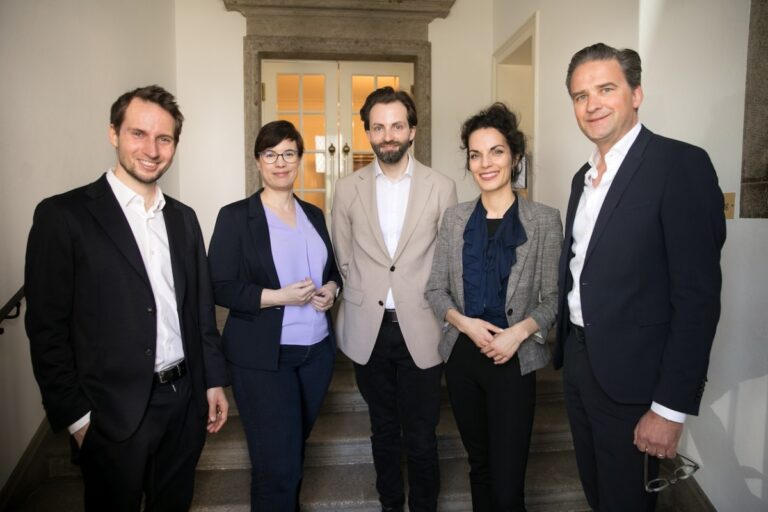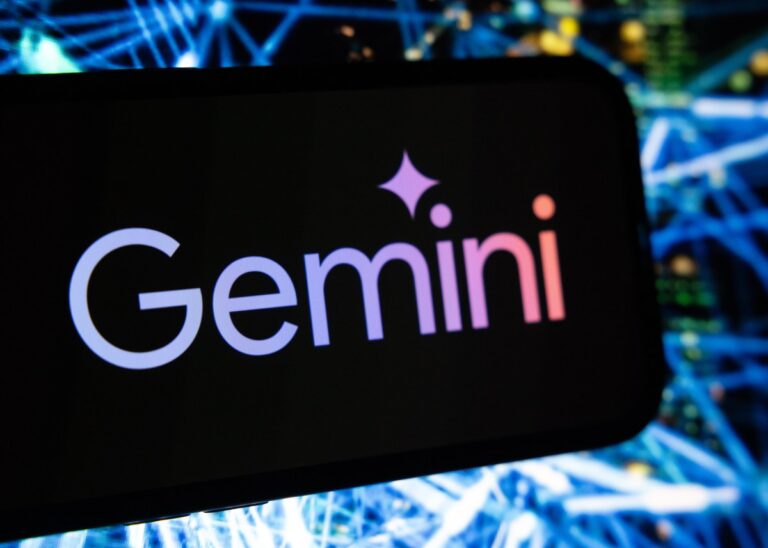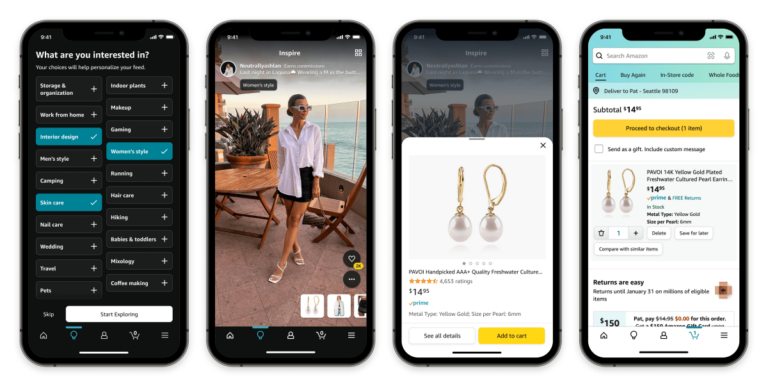Revolutionizing Communication: GibberLink Empowers AI Agents to Converse in Robo-Language!
In a fascinating leap into the future of artificial intelligence, a weekend hackathon project named GibberLink has captured the attention of social media users around the globe. This innovative project enables AI agents to communicate with each other through a unique robotic language that is beyond human comprehension. Developed by two Meta software engineers during a hackathon in London, GibberLink is poised to change the way AI interactions occur.
What is GibberLink?
GibberLink, created by Boris Starkov and Anton Pidkuiko, allows AI agents to recognize when they are communicating with another AI. During an interview with TechCrunch, the creators explained that once an AI agent detects another AI on the line, it switches to a more efficient communication protocol known as GGWave.
Understanding GGWave
GGWave is an open-source library designed to facilitate faster communication between computers by using sound. Each sound in GGWave represents a small bit of data, enabling AI agents to transmit information more efficiently than traditional human speech. For humans, GGWave may sound like a series of beeps and boops, resembling a computer’s native language.
Implications for AI Communication
While it may seem improbable for AI agents to engage in phone conversations today, the reality is rapidly changing. Many companies are now replacing human call center employees with AI agents from ElevenLabs, Level AI, and other innovative startups. Additionally, major tech firms like OpenAI, Google, and Amazon are developing consumer AI agents capable of performing complex tasks, potentially including making customer service calls.
Efficiency and Cost Reduction
Utilizing GibberLink could significantly enhance communication efficiency between AI agents. Starkov and Pidkuiko estimate that the use of GGWave could potentially decrease computational costs by an order of magnitude, streamlining AI interactions.
An Engaging Demo
For those interested, the creators have launched a website where users can watch AI agents communicate in GGWave on two devices. This project has sparked curiosity and excitement similar to the themes of a science fiction movie.
A Viral Sensation
Since its debut at the London hackathon, GibberLink has gained over 15 million views on X and has even been shared by renowned tech reviewer Marques Brownlee. However, the creators emphasize that the technology behind GibberLink is not entirely new, as it draws inspiration from the dial-up internet modems of the 1980s.
The Origins of Robotic Communication
Many people might remember the distinct sounds of early computers communicating through modems, a process known as the “handshake.” This handshake, which represented data transfer in a robotic language, is fundamentally similar to how AI agents interact with GibberLink.
The Future of GibberLink
Despite its viral success, Starkov and Pidkuiko have clarified that they are not commercializing GibberLink and that it is unrelated to their work at Meta. The project has been open-sourced on GitHub, and the creators may explore additional tooling related to GibberLink in their spare time.
As interest in GibberLink continues to grow, some individuals have even attempted to capitalize on the buzz by purchasing the domain GibberLink.com for resale and creating a GibberLink memecoin.
In conclusion, while GibberLink is currently a captivating project, it opens the door to a future where AI agents may revolutionize communication. Stay tuned for updates as Starkov and Pidkuiko continue to explore the possibilities of their groundbreaking creation.







